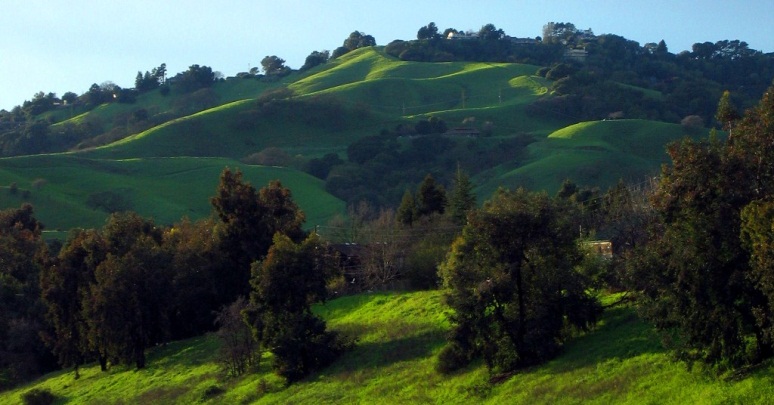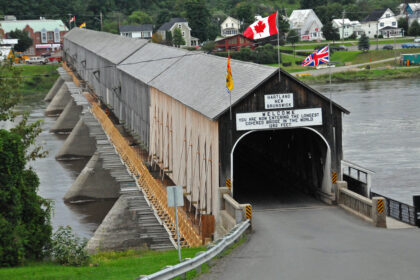Lafayette (formerly La Fayette) is a city in Contra Costa County, California, United States. Take a look below for 15 interesting and fun facts about Lafayette, California, United States.
1. As of 2020, the city’s population was 25,391.
2. It was named after the Marquis de Lafayette, a French military officer of the American Revolutionary War.
3. Before the colonization of the region by Spain, Lafayette and its vicinity were inhabited by the Saclan tribe of the indigenous Bay Miwok. Ohlone also populated some of the areas along Lafayette Creek.
4. The indigenous inhabitants’ first contact with Europeans was in the late 18th century with the founding of Catholic missions in the region. These initial contacts developed into conflict, with years of armed struggle, including a battle on what is currently Lafayette soil in 1797 between the Saclan and the Spanish, and eventually resulting in the subjugation of the native population.
5. Most of what is currently Lafayette was given as a Mexican land grant, Rancho Acalanes to Candelario Valencia in 1834. The name Acalanes seems to have come from the name of a native village in the area, Ahala-n.
6. American settlement started with the arrival of Elam Brown from St. Joseph, Missouri, in 1846.
7. He purchased Rancho Acalanes in 1848. The settlement continued to steadily grow due to its proximity to San Francisco; starting with Brown’s group of 18 settlers, by the census in 1852, 76 people were listed as living in the area. Brown founded a mill in 1853.
8. One of the original settlers in Brown’s party was Milo J. Hough. He built a hotel in 1853 near Plaza Park and in 1854 was named postmaster of the Acelanus post office, probably an alternate spelling of the original land grant, Acalanes. The post office was short-lived, closing the following year.
9. A school began in 1852 in a one-room schoolhouse, taught by a 25-year-old Kentucky migrant, Benjamin Shreve. By 1865 the school had expanded to 43 students in five classes, and so in 1868 a tax levy of $1,000 was used to build a new schoolhouse; school expanded from a five-month year to a nine-month year. In 1893, a new schoolhouse was built to accommodate the increasing number of students; this building still stands today.
10. On March 2, 1857, the LaFayette post office was established by the U.S. Postal Service. (The official document giving this exact date was supplied to the Lafayette Historical Society in 1993 by the Historical Division of the U.S. Postal Service.) Prior to 1857 the community that is now known as “Lafayette” actually had no official name but was sometimes called Dog Town, Brown’s Corner, Brown’s Mill, and (when Milo Hough was postmaster in 1854–1855) Alcalanus.
11. The name “LaFayette” came together with the community’s first post office. In 1857 Benjamin Shreve, owner and manager of a roadside hotel-general store (which faced today’s Lafayette Plaza), applied for a post office for the community, first requesting the name Centerville.
12. When informed that a post office with that name already existed in California, Shreve suggested La Fayette, after the French general who became a hero of the American Revolution (probably not because his wife was a native of Lafayette, Indiana). The first LaFayette post office was established at 3535 Plaza Way and Shreve became the town’s first permanent postmaster, holding the job for 30 years.
13. In the early 1860s, Lafayette was briefly the site of a station for the Pony Express.
14. In the mid-1900s, Lafayette was transformed from an agricultural village into a commuter town, and was incorporated in 1968.
15. In November 2006, area residents began placing crosses on a hill overlooking the Lafayette BART station and Highway 24 “to represent and memorialize the American soldiers who have died in the ongoing Iraqi war.”




